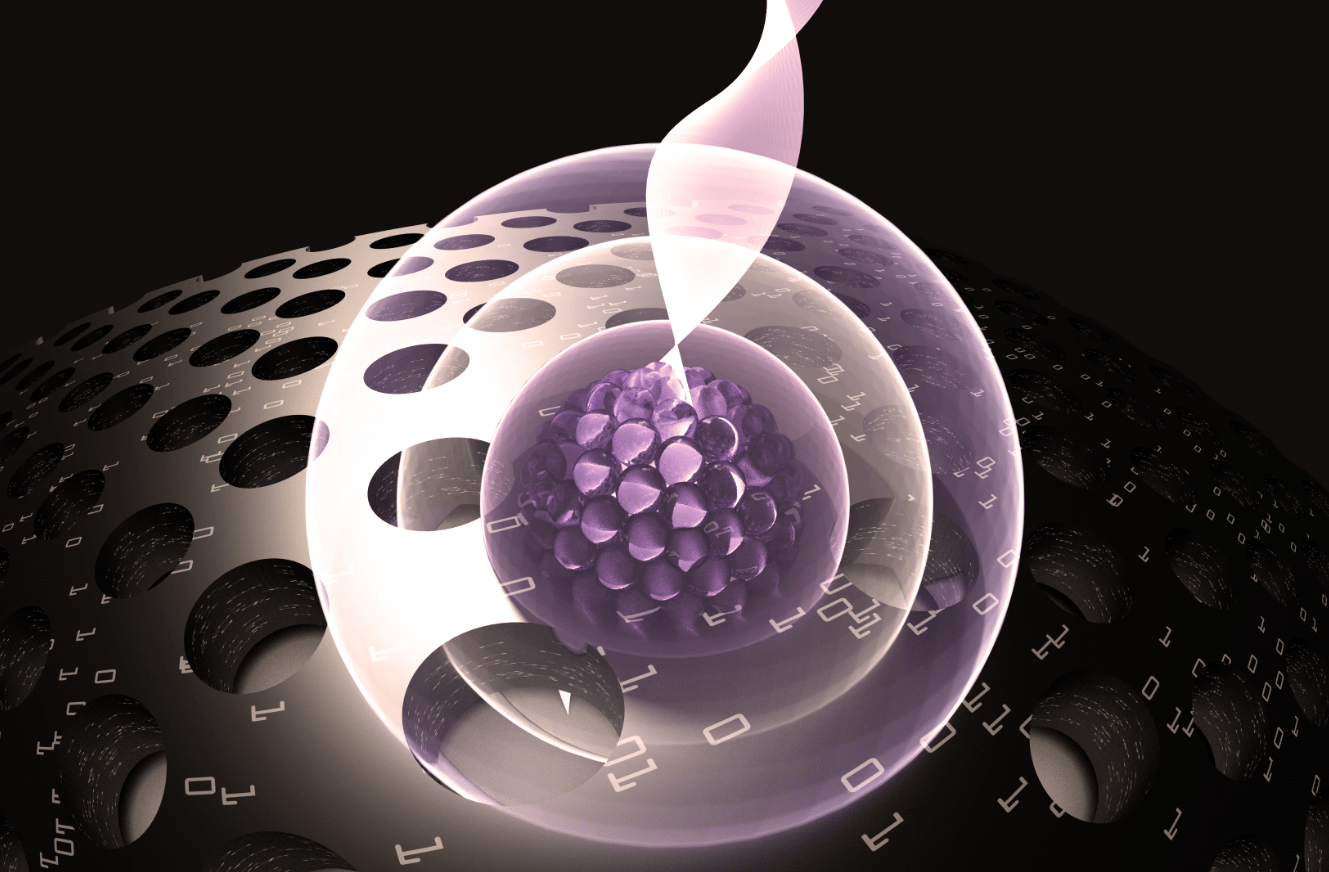Transistors are tiny switches that form the bedrock of cutting-edge computing; billions of direct electric alerts around an internal smartphone, for example.

Quantum computer systems will want analogous hardware to manipulate quantum data. But the layout constraints for this new generation are stringent, and nowadays, its most superior processors can’t be repurposed as quantum devices. That’s because quantum statistics carriers, dubbed qubits, should observe distinct regulations by quantum physics.
Scientists can use many styles of quantum particles as qubits, even the photons that make up mild. Photons have brought enchantment because they could unexpectedly go back and forth data over lengthy distances and may be well-matched with fabricated chips. However, making a quantum transistor caused by mild has been tough as it requires that the photons interact with every different, something that doesn’t, on the whole, take place on its own.
Now, researchers at the University of Maryland’s A. James Clark School of Engineering and Joint Quantum Institute (JQI)—led by using Professor of Electrical and Computer Engineering, JQI Fellow, and Institute for Research in Electronics and Applied Physics Affiliate Edo Waks—have cleared this hurdle and confirmed the primary single-photon transistor using a semiconductor chip. The tool, described in the July 6 issue of Science, is compact; 1,000,000 of these new transistors could suit the interior with a single grain of salt. It is likewise rapid and capable of producing 10 billion photonic qubits every second.
“Using our transistor, we ought to be capable of performing quantum gates among photons,” says Waks. “Software going for walks on a quantum laptop could use a sequence of such operations to achieve exponential speedup for certain computational troubles.” The photonic chip is crafted from a semiconductor with severa holes, making it seem similar to a honeycomb. Light getting into the chip bounces around and is trapped through the whole sample; a small crystal known as a quantum dot sits inside the region wherein the light intensity is strongest. Analogous to conventional PC memory, the dot shops statistics about photons as they enter the tool. The dot can use the faucet correctly into that memory to mediate photon interactions—that means that the movements of 1 photon affect others that later arrive on the chip.
“In an unmarried-photon transistor, the quantum dot reminiscence should persist lengthy sufficient to interact with each photonic qubit,” says Shuo Sun, lead writer of the new work and postdoctoral research fellow at Stanford University who changed into a UMD graduate pupil at the time of the studies. “This lets in a single photon to exchange a bigger stream of photons, which is crucial for our device to be considered a transistor.”
The researchers tested how the tool replied to susceptible light pulses that commonly contained only one photon to test that the chip operated like a transistor. In an ordinary environment, such dim light would possibly slightly register. However, in this device, a single photon is trapped for a long time, registering its presence in the nearby dot.

The group determined that an unmarried photon could manage the transmission of a second mild pulse via the tool by interacting with the dot. The first gentle pulse acts like a key, opening the door for the second photon to enter the chip. If the primary pulse didn’t incorporate any photons, the dot blocked subsequent photons from getting via. This behavior resembles a traditional transistor wherein a small voltage controls modern-day passage via its terminals. Here, the researchers successfully changed the voltage with an unmarried photon and established that their quantum transistor should transfer a light pulse containing around 30 photons earlier than the quantum dot’s memory ran out.
Waks says that his crew had to check one-of-a-kind factors of the device’s overall performance before getting the transistor to work. “Until now, we had the personal additives essential to make an unmarried photon transistor; however, here, we combined all the steps right into a single chip,” he says. Sun says that with sensible engineering improvements, their technique may want to permit many quantum mild transistors to be related together. The group hopes that such rapid, notably related gadgets will lead to compact quantum computer systems that process large numbers of photonic qubits.
